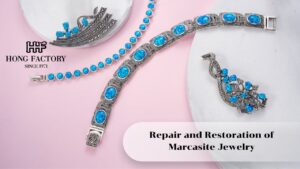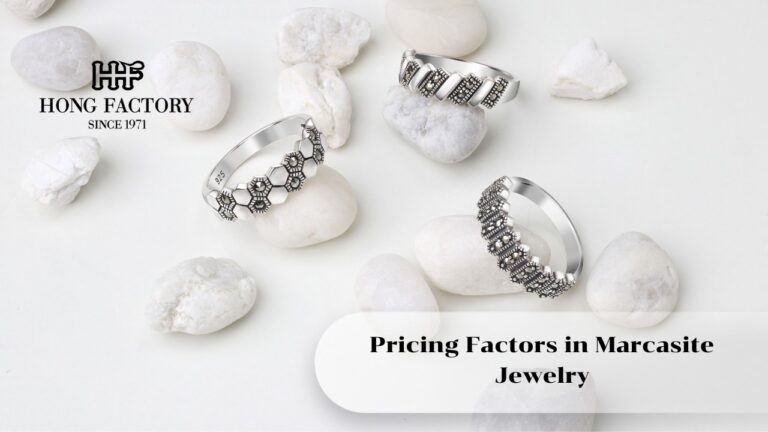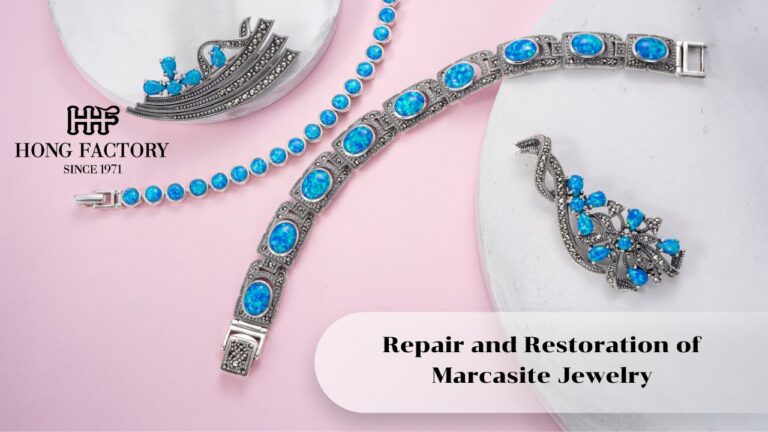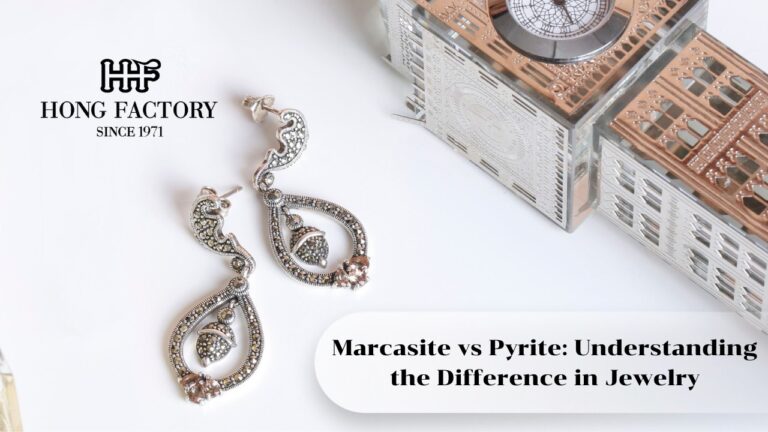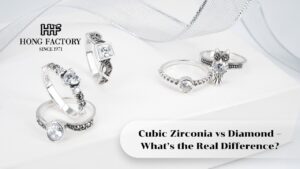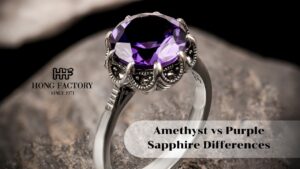
In an age of fast fashion, fleeting trends, and growing digital noise, consumers are seeking more meaningful connections with the products they buy.
Nowhere is this more evident than in the realm of jewelry design, where personalization, heritage, and intention have become defining features of modern collections.
As we move into 2025, one trend is gaining renewed relevance: spiritual symbolism. Jewelry is no longer just an accessory it is becoming a form of wearable meaning. And incorporating spiritual symbols into design can help bridge the gap between fashion and emotional significance.
Why Jewelry Design Should Include Spiritual Symbolism in 2025

Jewelry as a Medium for Spiritual Connection
Historically, jewelry has been deeply intertwined with spiritual practices. Ancient Egyptians wore scarabs and ankhs to ward off evil; Buddhist malas were strung with sacred beads for meditation; and Christian crosses continue to serve as daily reminders of faith.
Across cultures and generations, jewelry has acted as a spiritual conduit, connecting the physical world with metaphysical belief systems.
In 2025, as mental wellness, mindfulness, and spirituality become mainstream concerns, this ancient purpose of jewelry is being rediscovered. People are not just seeking beautiful pieces they are seeking meaning.
They want jewelry that offers grounding, clarity, hope, protection, or transformation. Incorporating spiritual symbols into design is a natural response to this evolving demand.
More than ever, individuals are curating personal rituals using jewelry, such as wearing specific pieces during yoga, meditation, or full moon ceremonies. These new-age practices fuse ancient wisdom with modern lifestyle choices, making symbolic jewelry not only fashionable but also emotionally supportive.
Rising Consumer Interest in Intentional Living
Minimalist lifestyles, slow fashion, and mindful consumption are not fads they are societal shifts. Buyers are moving away from mass-produced goods and gravitating toward items that reflect their values.
Jewelry, often chosen for sentimental or ceremonial reasons, is the ideal canvas for these values to be expressed. Spiritual symbolism aligns perfectly with intentional living.
A pendant engraved with a mandala may represent wholeness and balance. A ring bearing the Tree of Life might symbolize interconnectedness and growth. These designs do more than please the eye they offer a daily reminder of personal intentions and beliefs.
Additionally, as Gen Z and Millennials dominate the luxury and fashion markets, their purchasing decisions are increasingly driven by a desire for purpose. This group places importance on holistic wellness, planetary care, and inner exploration making spiritual symbolism a powerful design direction for jewelry brands to embrace.
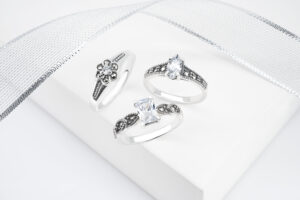
Popular Symbols That Resonate Globally
Incorporating spiritual symbolism doesn’t mean confining designs to one tradition. Today’s jewelry buyers come from a rich tapestry of cultural backgrounds, and designers have the opportunity to draw inspiration from diverse spiritual systems:
- Hamsa Hand – A symbol of protection found in Jewish and Islamic traditions.
- Om Symbol – Representing the vibration of the universe in Hinduism and Buddhism.
- Evil Eye – Used in many cultures to protect against envy or harm.
- Chakras – Each chakra correlates with specific energy centers in the body, commonly featured through colored gemstones.
- Moon Phases – Tied to feminine energy, transformation, and the passage of time.
- Feathers, Arrows, and Infinity Symbols – Popular in modern spiritual and metaphysical communities.
- Lotus Flower – Symbolizing purity, rebirth, and spiritual enlightenment in Eastern traditions.
- Pentagram and Triquetra – Symbols rooted in ancient pagan and Celtic spirituality, representing balance and interconnectedness.
Designers who thoughtfully incorporate such symbols can create pieces that resonate across belief systems and serve as meaningful keepsakes.
Enhancing Emotional and Psychological Well-being
The impact of symbolic jewelry extends beyond aesthetics. Studies in psychology suggest that symbolic artifacts can enhance emotional well-being, boost confidence, and reduce anxiety.
When individuals wear jewelry with a specific intention such as protection, strength, or love they often feel more connected to their goals or inner peace.
This phenomenon is not mere superstition.
Like vision boards or affirmation cards, spiritually symbolic jewelry serves as a tactile, wearable reminder of personal growth and emotional resilience. As mental health awareness rises globally, jewelry that supports emotional well-being will continue to gain appeal.
Jewelry also plays a therapeutic role in grief and recovery. Memorial lockets, birthstone combinations for lost loved ones, or spiritually charged talismans can offer comfort and presence in difficult times. These deeply personal creations elevate jewelry from adornment to emotional anchor.
Opportunities for Customization and Personal Meaning
Spiritual symbolism naturally opens doors to customization. Jewelry that allows the wearer to choose their own symbols, inscriptions, or combinations of elements can increase the emotional bond between the customer and the piece.
For example:
- A made-to-order bracelet featuring birthstones aligned with astrological signs and chakra alignment.
- A silver pendant combining a lotus flower with a Sanskrit word chosen by the customer.
- Stackable rings, each representing a different spiritual attribute (love, courage, faith, transformation).
- Interchangeable charms representing elements earth, water, fire, air for those who practice elemental spirituality.
In 2025, personalization is key and spiritual symbols make this process more meaningful and intuitive. Jewelry becomes a wearable diary a visual and tactile timeline of one’s emotional, spiritual, and personal growth.

Ethical and Sustainable Synergy
There is also a natural synergy between spiritual symbolism and ethical design. Consumers who care about spiritual values often extend those beliefs to their buying habits.
Jewelry designed with spiritual intention should also reflect ethical practices such as fair trade sourcing, recycled metals, and low-impact production.
Designers and brands that integrate sustainability into spiritually themed collections send a powerful message: this isn’t just style it’s soul. This alignment helps foster brand loyalty and reinforces trust with conscious buyers.
Additionally, collaborations with artisans and spiritual communities can foster cultural exchange and authenticity. For instance, partnering with Tibetan monks or Native American silversmiths can bring credibility and depth to collections while also supporting traditional craftsmanship.
How Designers Can Approach Spiritual Themes Respectfully
One critical consideration for 2025 and beyond is cultural sensitivity. While spiritual symbolism offers immense creative potential, designers must approach the subject with respect and education.
Appropriating sacred symbols without understanding or context can alienate rather than inspire. Successful designers research and collaborate, ensuring their pieces honor the cultures they draw from. Clear storytelling,
transparent sourcing, and offering the buyer a chance to learn the meaning behind each piece also add depth and value. Creating informational cards, QR codes linked to symbol stories, or blog posts that explain cultural meanings can turn a product into a conversation starter fostering both education and empathy in the buying process.
The Business Case: Meeting Consumer Demand with Meaningful Design
Jewelry buyers in 2025 are not just shopping they’re curating their identity. They are drawn to authenticity, values, and stories. Incorporating spiritual symbolism allows designers to tap into this emotional landscape and create lasting connections.
Jewelry that tells a spiritual story is more likely to be cherished, gifted, and passed down. It builds brand loyalty not through seasonal trends but through emotional resonance.
This type of design can also inspire content creation, from social media storytelling to immersive brand experiences. Retailers can also benefit by creating themed collections such as “Symbols of Strength” or “Guided by the Stars” that
allow consumers to explore a narrative, not just a product line. This adds dimension to merchandising strategies and increases the perceived value of each piece.
Designing for the Spirit and the Self
Incorporating spiritual symbolism into jewelry design in 2025 is more than a design choice it is a cultural response. As people seek meaning, grounding, and emotional connection in a rapidly shifting world, symbolic jewelry offers a sense of identity and peace.
Designers who embrace this trend with thoughtfulness and authenticity will not only meet consumer demand but also contribute to a larger movement toward mindful living and spiritual alignment.
The result? Jewelry that is not just worn, but lived and cherished for generations to come. By crafting with symbols that speak to the soul, the jewelry industry has the power to not only adorn the body but to nourish the heart. And in a world that increasingly values presence over possessions, that might be the most beautiful transformation of all.


